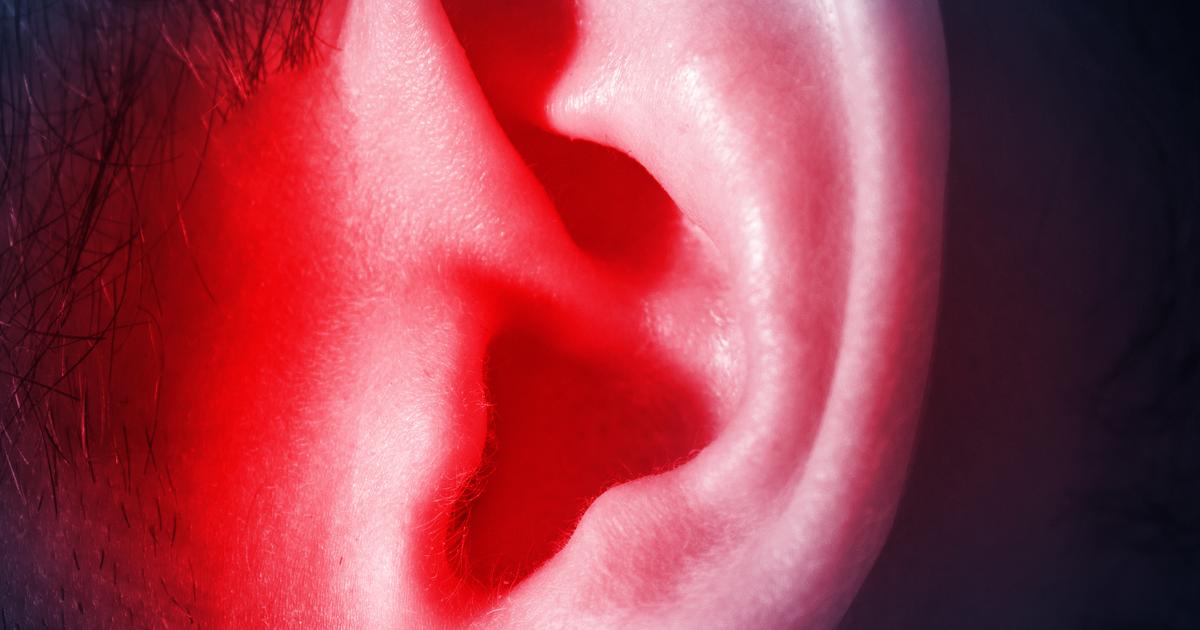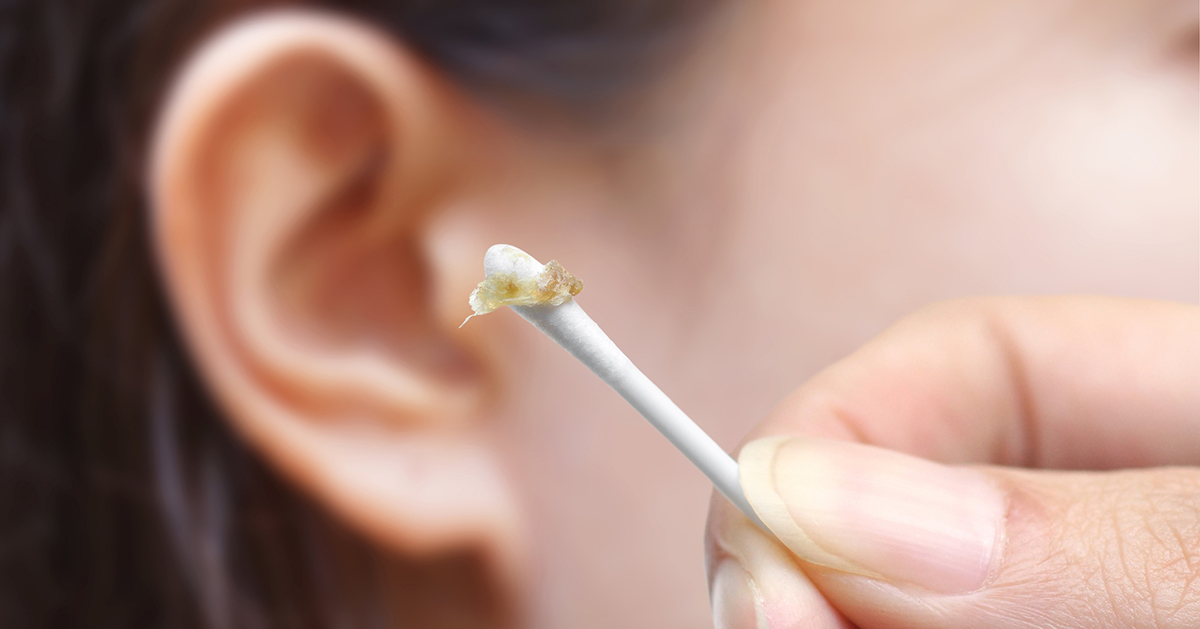What Causes A Clogged Ear?
Barotrauma

Also known as airplane ear, barotrauma occurs due to changes in air pressure, and it can result in ear discomfort. Acute barotrauma typically develops in response to altitude changes, including those that take place while traveling in a plane or in high-altitude areas. Chronic cases of barotrauma and severe instances of acute barotrauma may cause intense pain in the ears, and patients might experience a feeling of ear pressure similar to being underwater. Nosebleeds, dizziness, damage to the eardrum, and moderate to severe hearing loss have all been reported. The majority of hearing loss experienced with this condition will resolve with treatment. Doctors investigate this condition by taking a health history and performing an ear exam. For this type of exam, the clinician might need to squeeze a small amount of air into the ear to check for fluid buildup or blood behind the eardrum. Acute instances of this condition may resolve with the use of decongestants or antihistamines. Patients who develop a ruptured eardrum as a result of this ailment might need surgery to prevent permanent damage, and surgical interventions are typically recommended for other patients with severe cases too.
Earwax Impaction

Earwax impaction occurs if earwax is pushed too deeply into the ear canal. Impaction is most likely to develop in individuals who use cotton buds and other methods of cleaning their ears at home. Potential signs of earwax impaction include hearing loss, ear pain, ringing in the ears, and a sensation of fullness in the ears. Patients who have an impaction are at an increased risk of an ear infection as well. To remove impactions, patients may need to have a procedure known as ear syringing in their doctor's office. This procedure is quick and normally painless, and it can restore hearing lost due to the impaction. Doctors may also remove earwax using a device known as a curette. Sometimes, doctors might recommend specific ear drops patients can use at home to soften wax, making it easier to remove. However, ear candles are not advised as a treatment option. To prevent impactions of earwax, physicians suggest patients allow their ears to clean themselves; inserting objects into healthy ears to clean them is unnecessary and potentially damaging. Individuals may wish to consider limiting their use of earbuds and earplugs, since these can push wax deeper into the ear canal than it might otherwise go.
